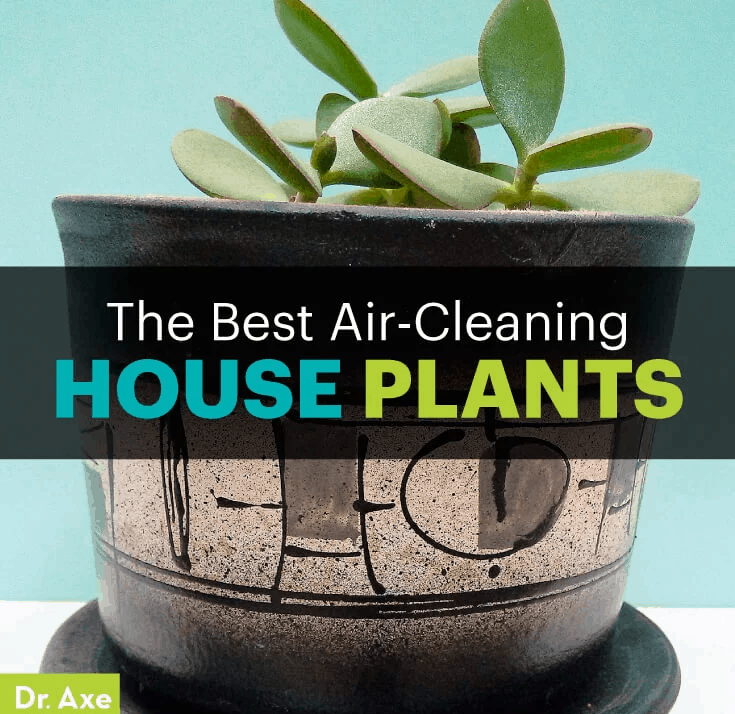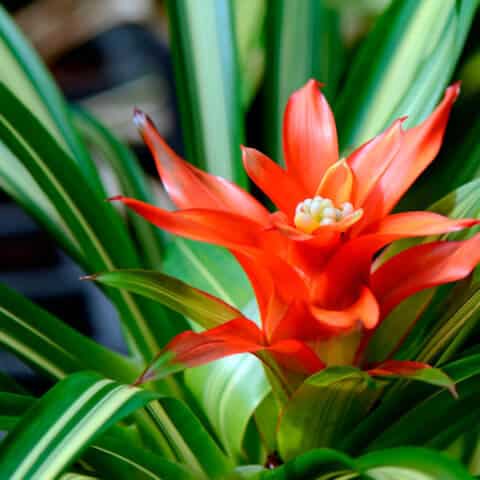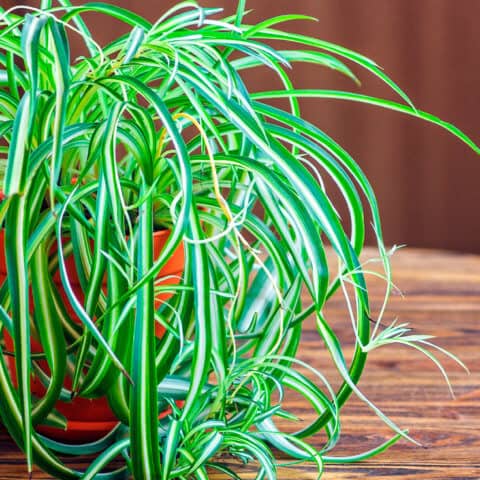This Dr. Axe content is medically reviewed or fact checked to ensure factually accurate information.
With strict editorial sourcing guidelines, we only link to academic research institutions, reputable media sites and, when research is available, medically peer-reviewed studies. Note that the numbers in parentheses (1, 2, etc.) are clickable links to these studies.
The information in our articles is NOT intended to replace a one-on-one relationship with a qualified health care professional and is not intended as medical advice.
This article is based on scientific evidence, written by experts and fact checked by our trained editorial staff. Note that the numbers in parentheses (1, 2, etc.) are clickable links to medically peer-reviewed studies.
Our team includes licensed nutritionists and dietitians, certified health education specialists, as well as certified strength and conditioning specialists, personal trainers and corrective exercise specialists. Our team aims to be not only thorough with its research, but also objective and unbiased.
The information in our articles is NOT intended to replace a one-on-one relationship with a qualified health care professional and is not intended as medical advice.
The Best Houseplants that Remove Pollution (They’re Pretty, Too!)
September 2, 2016

You may find this hard to believe, but chances are your indoor air is worse than the outdoor air you breathe. According to the Environmental Protection Agency, it’s often 2 to 5 times worse. (Sometimes, it’s 100 times worse. Yikes!) But take a deep breath, because expensive air filtration and ventilation systems aren’t your only options when it comes to mediating the problem. Scientists are finding another proven, practical (and quite frankly, way more eye-appealing and affordable) way to clean the air inside your home and office: the best houseplants the remove pollution.
For decades, plants’ air-scrubbing abilities have intrigued researchers. Many scientists have been interested in the best houseplants that remove pollution from indoor air. (It’s an area even NASA explored in the ’80s). And every year, it seems, more data emerges showing which plants are best suited to protect us from particular toxic compounds lurking in our indoor air. Let’s take a closer look.
The Best Houseplants that Remove Pollution
In August 2016, Vadoud Niri, a chemist from the State University of New York of Oswego presented his team’s findings on the best houseplants that remove pollution at the 252nd National Meeting & Exposition of the American Chemical Society.
The findings of the unpublished study, built on previous work looking at the best houseplants that remove pollution. But his research looked at these common houseplants and investigated how each one has a knack for stripping particular volatile organic compounds, or VOCs, from the air. By testing in a sealed chamber, he was able to show the efficiency and the rate of simultaneous removal of VOCs by these plants. For each plant type, his team noted which VOCs the plants took up, how quickly they stripped VOCs from the air and how much of the VOCs were ultimately removed by the end of the experiment. (1)
The researchers tested common houseplants known as natural air filters and eight common VOCs, and they found that certain plants were better at absorbing specific compounds. For example, all plants could remove acetone — the pungent chemical that is abundant at nail salons. Dr. Niri shared his findings with me and I have to say, it’s compelling stuff. Looks like it’s time to pot up some new houseplants!

The bromeliad plant scored very well at removing six out of eight VOCs studied. The tropical plant stripped more than 80 percent of each of those compounds out of the air within a 12-hour timeframe. Dr. Niri says this is one of the best houseplants to have in the home or workplace.
Importantly, it helped rid the air of toluene, a toxic solvent that even at low levels can lead to tiredness and weakness. Paraffin candles, the most popular type of candles burned inside homes and offices, have been shown to emit toluene and benzene. Benzene is a carcinogenic solvent found in automobile exhaust. (I don’t recommend burning candles in the home, but if you do, stick to unscented beeswax.) (2, 3) This plant was most effective at removing benzene, with a 92-percent removal rate within 12 hours.

Dracaena
Acetone, that nasty, stinky VOC found in nail polish remover, can trigger headaches, dizziness, eye irritation and central nervous system damage. (4) (Rethinking getting those nails done?) While all of the plants tested removed acetone from the air, dracaena was a superstar, removing 94 percent of the chemical from the air. Acetone isn’t limited to nail salons, though. It also off gasses from particleboard, household cleaners, rubber cement and paint. (5)
That’s why Dr. Niri says he’s interested in doing further real-world testing to see if placing plants in nail salons could serve as a cost-effective way to help protect workers and customers from toxic emissions in nail salon settings. In fact, the inspiration for this study occurred when he and his wife walked into a nail salon — and he had to walk out immediately due to the overwhelming air pollution. (6)

Spider Plant
While the spider plant isn’t very good at sucking up benzene and toluene, it’s better at cleaning the air in other departments. This plants removed more than 80 percent of the ethylbenzene, p-Xylenes, o-Xylene and acetone from the air in chamber testing.
Ethylbenzene is a toxic solvent found in inks, paints, fake rubber and pesticides. It’s also commonly injected into the ground during fracking operations, and increasingly winding up in people’s drinking water near these operations. (7, 8)
Xylenes have the power to trigger dizziness, memory problems, fatigue, tremors, breathing problems and even kidney damage. These VOCs are found in paint thinners, in printing and cleaners. (10) Dr. Niri’s testing found the spider plant ranked top in removing ethylbenzene (62 percent removal rate), p-Xylenes (92 percent removal rate) and o-Xylene (93 percent removal rate).

Jade Plant
Jade plant, commonly known as “friendship tree,” really could be a great pal when it comes to the gift of clean air.
This plant removed more than 80 percent of benzene, toluene, ethylbenzene, p-Xylenes and o-Xylene. And in the 70-percent range, it did an OK job of pulling acetone out of the air. Of all the plants tested, this was the best houseplant for removing toluene pollution from indoor air. It removed a whopping 91 percent from the air. Just one quick tip since we’re talking about the best houseplants the remove pollution: be sure to avoid plastic pots, since plastic also off gases and pollutes your air. Look for OMRI certified potting soil (and even organic houseplants, if they’re available in your area.) OMRI can be found on the label and means the soil is approved for use in organic agriculture. This means there aren’t toxic chemical pesticides or additives in the soil.
Phytoremediation: A Plant-Based Solution for Pollution
Since the 1970s, there’s been a huge shift to create more energy efficient homes and offices. That’s a great thing because it conserves energy, but if not done properly, not always a great thing for your health. Well-insulated homes aren’t breathing as much, leaving toxic compounds trapped inside. Enter the idea of finding the best houseplants that remove pollution. The concept of using these plants to mitigate environmental pollution is known as phytoremediation. It’s not only cost effective but super effective, too.
In August 2016, researchers presented findings at the 252nd National Meeting & Exposition of the American Chemical Society, showing that specific, common houseplants each had a knack for stripping particular volatile organic compounds, or VOCs, from the air. This is noteworthy because homes and offices of all ages contain VOCs from a variety of sources, including off-gassing furniture, paint, carpeting and other flooring, building materials, copiers, adhesives, upholstery, printers, pesticides, cleaners, air fresheners and candles, co-workers’ perfume and other personal care products and other scented products and even dry-cleaned clothing. It’s not uncommon for building materials and furniture to off-gas VOCs, including carcinogenic formaldehyde, for weeks, months or even years. (Remember, you don’t have to smell VOCs for them to be doing damage.)
VOCs are compounds like acetone, benzene and formaldehyde that are emitted as gases and can cause short- and long-term health effects when inhaled. Some people even develop something known as sick building syndrome when they’re exposed to VOCs or other pollutants in a building where they spend time. Symptoms of sick building syndrome include:
- eye, nose and throat irritation
- hypersensitivity reactions
- dizziness
- asthma
- allergies
- headaches
- itching skin
- dry cough
- fatigue
- personality changes
- flu-like symptoms
- difficulty concentrating (brain fog)
- reduced productivity (12, 13)
Final Thoughts
- Volatile organic compounds, or VOCs, are toxic air pollutants commonly found in homes and offices.
- VOCs have been linked to everything from headaches and personality changes to even cancer. VOCs found in buildings are sometimes blamed for “sick building syndrome.”
- Over the last several decades, scientists have been able to ID the best houseplants that remove pollution from indoor air.
- In 2016, a chemist from the State University of New York of Oswego was able to actually track how fast and efficiently certain houseplants removed specific VOCs.
- When you choose houseplants, choose organic ones (if possible).
- Use OMRI-approved potting soil to avoid toxic compounds used as additives in soil. (You’ll find it on the label.) OMRI means it’s approved for use in organic agriculture.
- Opt for clay pots instead of plastic ones, since plastic can also off gas and pollute your indoor air.



